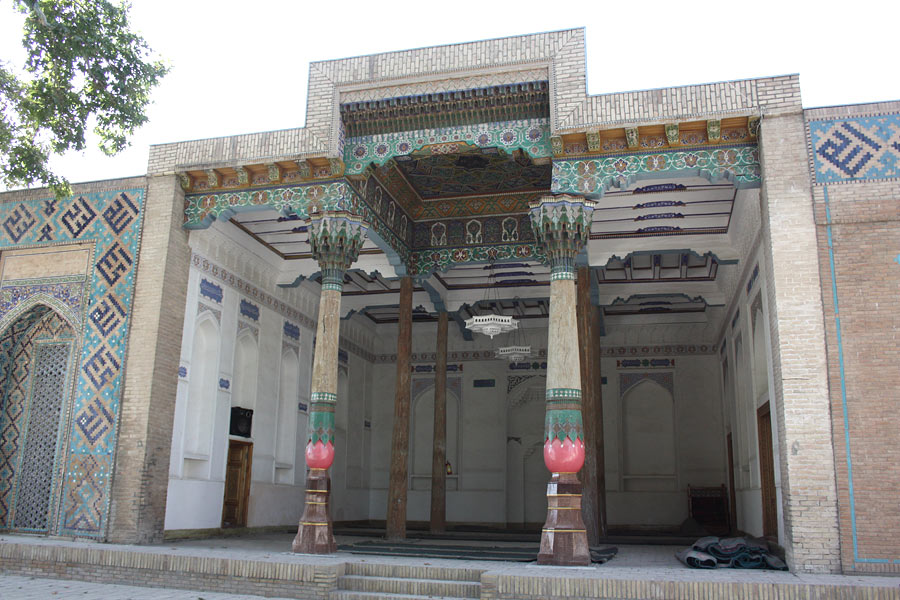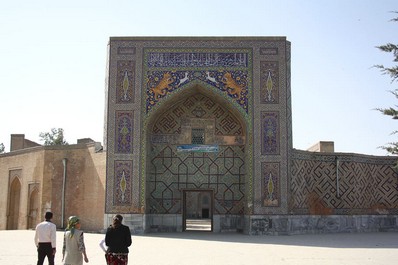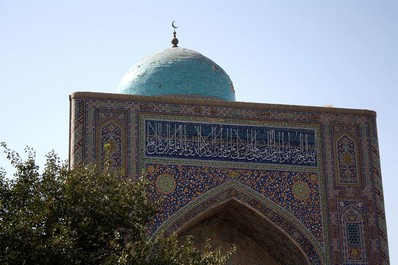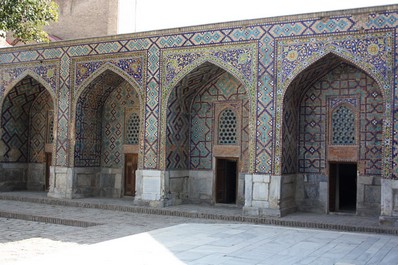
The name of Khodja Akhror is inseparably linked with the Uzbekistan history. This famous person, being the leader of the Sufi order Naqshbandiya, had an influence on the development of the political life in the region. He was honored not only by common people but also was considered as the spiritual leader of many rulers of that time. He achieved the abolition of severe taxes in Mawaraunnahr. And once he averted the bloody battle among rulers of Samarkand, Fergana and Tashkent.
The famous poet Djami wrote about him: “He is the Khodja of Khodjas, the person who knows the point of the matter. People prostrated before his holiness, appearance and strength of mind”. Many contemporaries also gave a high praise to him. His motto says that one should use the political power to fulfill his spiritual mission. Later, thanks to Khodja Akhror the Naqshbandia Order developed into three branches: Central-Asian, Western-Turkish and Indian one.
He died in 1490 at the age of 86 and was buried near Samarkand. White grave stone with plenty of epitaphs was set on the grave of the Great Sheikh. Practically at once this place became the sacred cemetery and pilgrimage place of numerous believers.
In 1630 the Samarkand ruler Nodir Divan Begi ordered to build near the grave of Khodja Akhror the mosque and madrassah. The construction of the madrassah continued for two years and quickly got the epithet of “the mirror of Sher-Dor”, because its outside decoration resembled the Sher-dor Madrassah on the Registan Square: the portal had images of two lions and two deer. But a century later the madrassah of Nodir Divan Begi was heavily ruined: the portal leaned forward, the major part of decoration fell down and the entire building was cracked.
In the beginning of XX century the scaled reconstruction of this architectural monument was organized. In the course of the work the decorative facade was recovered, the portal was fixed. At the same time the small minaret and ayvan with columns widened the ensemble.
Today the ensemble near the grave of Khodja Akhror includes the reconstructed madrassah, winter and summer mosques, ayvan and minaret. As well as many years ago, pilgrims and common people come here to find a mental peace and to stay alone in this sacred place.




